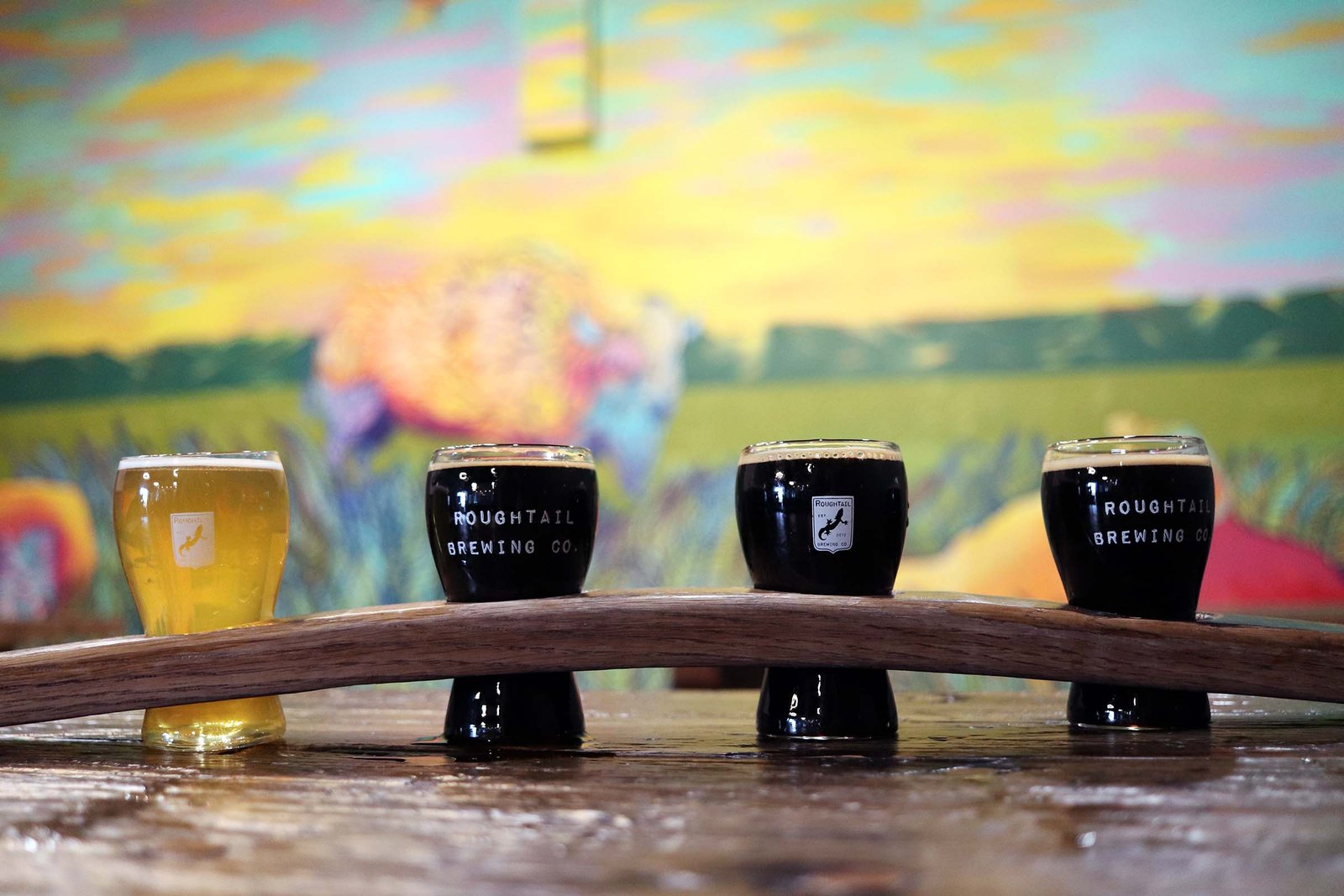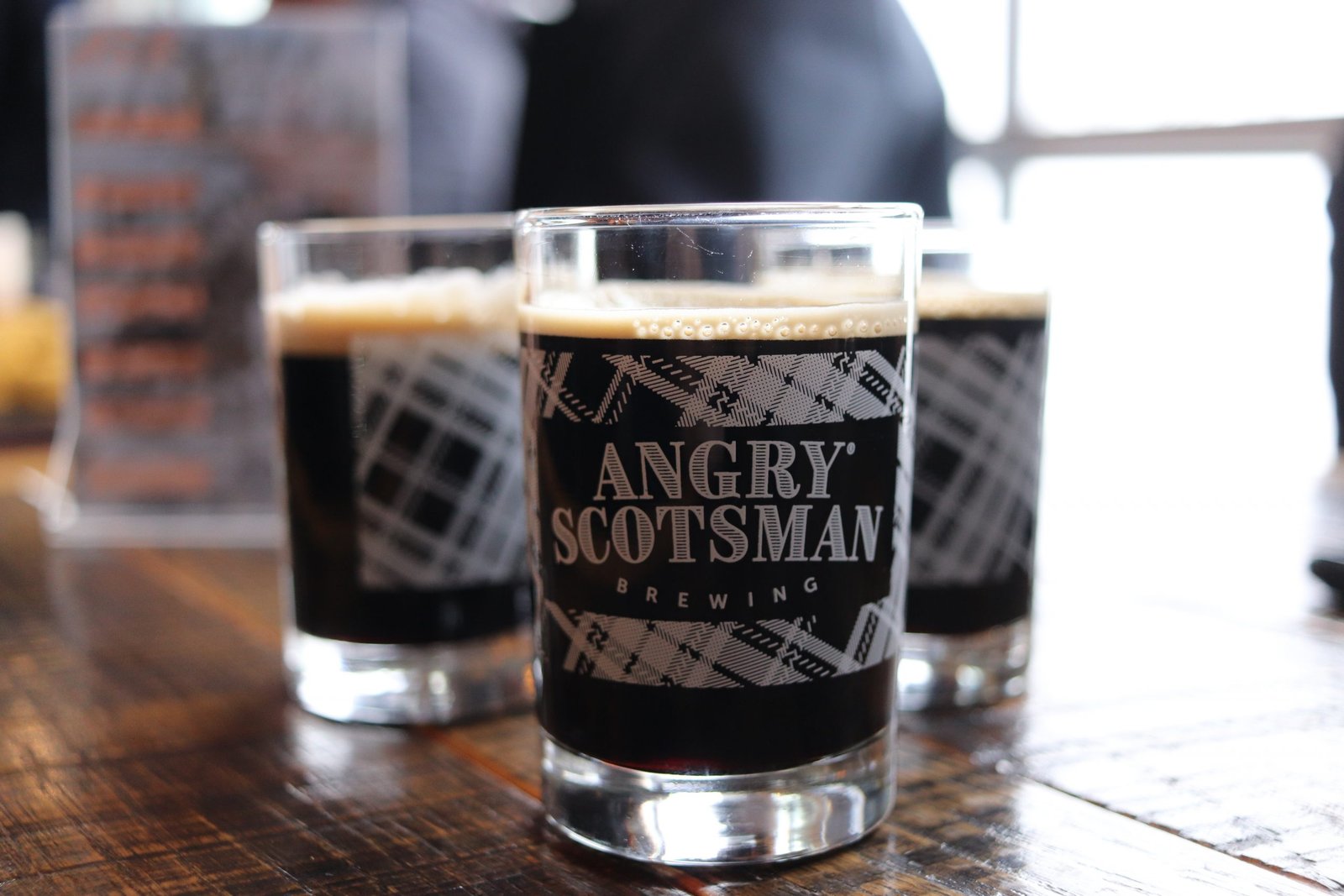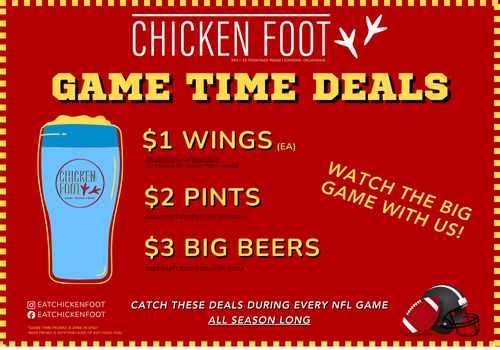Rosé Deserves Your Attention, Again
When Ian Bennett, sommelier and co-owner of The Study, first arrived in OKC, it was to assume duties as the sommelier for the newly opened Ludivine, then in the location all of us came to love and now miss. Wine consumption was on the way up thanks in large part to Robert Parker’s growing reputation, movies like Sideways and Bottle Shock, an abundance of wine in the state due to Oklahoma’s unique positioning in the 2008 Recession, and because local brokers (now distributors) like Thirst Wine Merchants and Premium Brands had done a ton of hard work hand-selling quality wines.
At that time, too much bulk wine and big brand names populated wine lists around the city, with rare exceptions, like The Metro Wine Bar & Bistro (still a force for good in OKC’s wine scene), but Bennett arrived from L.A. with a different perspective and a broad knowledge of what was current. For that reason, his first list at Ludivine drew as much attention as the food menu, largely because we had so few options in the urban core back then.
The list was just a piece of 8.5” x 11” stock, not some big leather book with a roll call that induces choice paralysis, and on that list was one very interesting category. He wrote it thus: “These are pink and not sweet.” Bennett made it his mission to help Oklahoma get over the rosé hump. When I started covering wine in 2007, there might have been a dozen true rosé SKUs available, excluding white Zinfandel like Sutter Home and Beringer. It took until about 2015 for rosé to get the love it deserves in OKC, and now we have easily more than 100 SKUs of the good stuff available – and that’s probably a conservative estimate – and a slew of bulk-produced schlock. And then, with the new laws of 2018, good rosé started getting harder to find.

Domaine de Terrebrune
“Rosé sales fell off a cliff in 2019,” Scott Large said. He’s the founder of Provisions Fine Beverage Purveyors in Tulsa, and an original partner in Oklahoma City-based Thirst Wine Merchants. “We see prices as low as $5.99 up to $18.99 at places like Trader Joe’s. We have cut our rosé inventory by 75 percent.”
The difference between what Large does, as well as distributors like Alex Kroblin’s Thirst Wine Merchants, Tracia Forrest’s Artisan Fine Wine & Spirits, and Rick Naifeh’s Premium Brands, is that he mostly chooses wines from smaller, family owned or boutique wineries that generate quality products. As a result of the process, they are pricier because paying for quality is the only way to get quality wine.
Kroblin, who has about 50 SKUs, said, “Grocery definitely watered down the category with dozens and dozens of ‘labels,’ not wines per se, from the two big distributors. Mostly made-up brands with bulk juice. They have real brands and producers with quality wine in the bottle, too, but picking them out is like trying to find a pink flamingo in a sea of cheap rosé.”
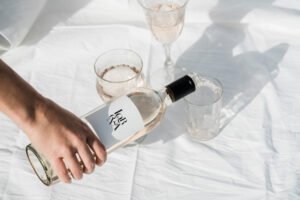
What does that mean? If you’re paying $5.99 for a bottle, you’re getting something that sort of qualifies as wine, but not good wine. The big hurdle for rosé has been the perception that it’s white Zinfandel or not serious wine, this in spite of brilliant products like Bandol Domaine de Terrebrune and Bandol Domaine Tempier being legitimate world-class wines with appropriate price points above $30 and $40.
Yes, it’s hard to embrace a playful “it’s hot; drink pink” mentality when the bottle costs $45, but there are dozens of selections in the everyday drinker price range, as well as more serious, food friendly options in the $18-$30 range. Of course we have a list for you, but also a little wine hack. When you’re in a wine shop, look for shelf talkers. Those are the paper tags hanging from the rack below the bottle. Distributors of quality wine like those listed above will have their name on the shelf talker along with some information about what’s in the bottle. Nothing is guaranteed when it comes to individual taste, but the shelf talker takes some of the mystery out of the process, and the distributor’s name guarantees a level of quality you won’t find in bulk brands.
The best selections with the most knowledgeable staff are at Edmond Wine Shop, Freeman’s Liquor Mart, George’s Liquors, Modern Liquors and The Spirit Shop in Norman. Grocery tends to have the same few hundred wines in every location, mostly bulk wines with recognizable labels and tons of added sugar. Shop local, drink local, buylocal, eatlocal, always. Speaking of which, Bennett has three by-the-glass options at The Study right now, including a personal favorite, the Gobelsburg Cistercien Rosé, a bright, bracing stunner from Austria. And the list:
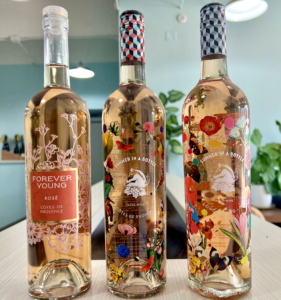
Charles Joguet Chinon Rosé. This perennial badass is somehow serious and approachable simultaneously. Cab Franc is the grape of Chinon, and the rosé iterations maintain much of the grape’s grippy character.
Chateau de Campuget Rosé. A Syrah-Grenache blend from Provence, this one is light-bodied, a little more serious thanks to Syrah, but still lovely and easy to like.
Domaine de Fontsainte, Corbieres. A beautiful, approachable introduction to French rosé every vintage. Super affordable, easy to drink, and widely available. A blend that is 90 percent Grenache Gris.
Folk Machine Rosé of Gamay. Domestic Gamay doesn’t get nearly the love it deserves, and this is a great place to start.
Lemonade Rosé. From winemaking genius Brianne Day, this one is juicy, citrusy, floral and balanced with enough minerality to make it food friendly. She is incapable of making bad wine.
Lorenza Rosé. Kroblin said: “Old vine, sustainably farmed, small production, female-owned and made, and it’s in the style of Provence.”
Poggio Costa Prosecco Rosé. A curveball here, but sparkling rosés are usually a treat, and light enough to be patio favorite in summer heat. Prosecco rosés are very rare in Oklahoma, so treat yourself on this one.
Raptor Ridge Rosé of Pinot Noir, 2023. Kroblin: “For me, this is easily the best iteration of this wine from Scott and Annie Schull. It was always a little dark and bold in flavor for my personal taste, but the ‘23 is striking a perfect balance.”
Turley Rosé. Big news here from Kroblin: “And not to create a frenzy or anything, but Turley ‘White Zinfandel’ is back after a multi-year absence! This rosé of Zinfandel is from 60-year-old, dry-farmed vines. Bone dry and still has enough ‘Zin personality’ to stand up to hearty food. As Christina Turley says, ‘White Zin has a good heart and a bad reputation.’”
Wolffer Estate Summer in a Bottle Rosé. This Hamptons wine has a sister rosé made in Provence, and both are blowing up around the country with the trendy set but also because it’s damn good wine.




